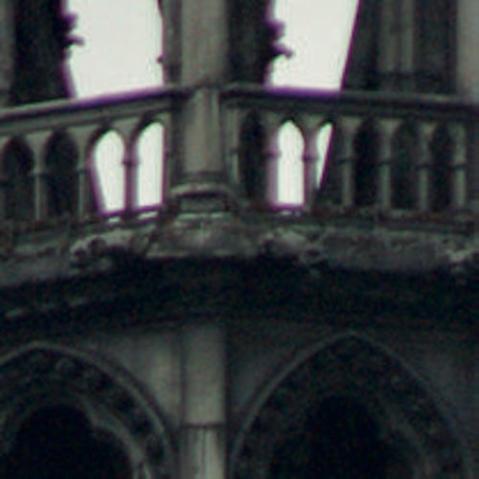Lens flare: how to avoid it your landscape photos
Lens flare occurs when a bright light source, such as the sun, is shining directly into the front of the lens. The more directly the lens is pointed toward the light source, the greater the flare effect. With the bright sun in the photo, there’s no way to eliminate flare unless the sun is in the exact centre of the image. While lens flare can add a dramatic effect when the sun is in the image, most of the time we’re working to avoid it.
 This photo shows a variety of flare, from a rainbow refraction to various coloured orbs and points of light.
This photo shows a variety of flare, from a rainbow refraction to various coloured orbs and points of light.
Nikon D200 | 10mm | ISO 200 | 1/100 second at ƒ/22
Flare can range from a gentle fogging of the image that softens contrast, to different shapes, sizes, colors, and intensities of pinpoints, blotchy areas, and arcs of light across a photo. All lenses will show flare when bright enough light is falling onto the front of the lens, but some lenses exhibit it more readily than others. Because of the additional number of lens elements involved, zoom lenses tend to be more prone to flare than prime lenses are.
Lens hoods are designed to reduce the chance of flare, so are always worth fitting, but with an extended range zoom it’s worth noting that the lens hood is designed to shield light at the widest focal length setting and won’t offer full coverage for the longest focal length.
 Here the flare is closer to the source and shining out in multiple directions.
Here the flare is closer to the source and shining out in multiple directions.
Nikon D300 | 18mm | ISO 250 | 1/125 second at ƒ/22
The best way to cut down or eliminate lens flare when shooting toward the sun is doing it by hand—literally. Set up the shot with the camera on a tripod and use a remote release (or the camera’s self timer) to trigger the shutter. Stand to the side of the front of the camera where you can see into the front of the lens and use your hand or a card to make sure that the aperture opening is completely shaded. Take your shot, then check to see if you managed to eliminate all flare without the edge of your hand showing up on the side of the photo.
101 Top Tips for Landscape Photography is where professional landscape guru Carl Heilman II gives the benefit of a lifetime spent shooting spectacular wilderness and mountain shots, offering a host of targeted tips and tricks that will allow photographers of all abilities to lift their landscape work to the next level. The reader will learn how to harness natural drama, use difficult lighting situations to your advantage and capture unusual perspectives, all the while benefiting from Carl’s clear instruction and beautiful landscape work.
 101 Top Tips for Landscape Photography
101 Top Tips for Landscape Photography
Carl Heilman II
Buy it now!
RRP for print edition: £14.99




